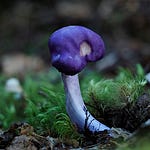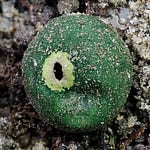To cap off my time in Kuala Lumpur before heading to Kota Kinabalu in Sabah, Borneo, I attended a herpetofauna night walk at Wawasan Puchong hosted by MNS (Malaysia Nature Society) and was guided by enthusiastic naturalists and friends Azam and Akmal.
They both embody the excitement, energy, and thirst for knowledge that is uniquely garnered from the addiction to exploring nature and wildlife. We eagerly scouted out ahead of time when there was still daylight and took a path that would lead directly to a stream. Nets were set so that when we arrived later that night with the others, we could see what interesting species were caught.
It may seem weird to look for mushrooms at night, in the dark, but carrying a UV (ultraviolet) torch is a neat way to detect fluorescence in some species. I also had high hopes of finding bioluminescent mushrooms (those that require no UV light and glow on their own).
Hunched over and scanning the ground, my mind was somewhere else, absorbed and preoccupied. As I stood up, my heart stopped, and staring straight back at me was a female pit viper.
I still have nightmares or visions like some trippy ayahuasca experience where the snake’s face is forever ingrained in my mind. I’m later told that striking distance is usually half its body length, which I was pretty much at. Not a lethal encounter, but symptoms are described as covid-like and can take over a week to get over.
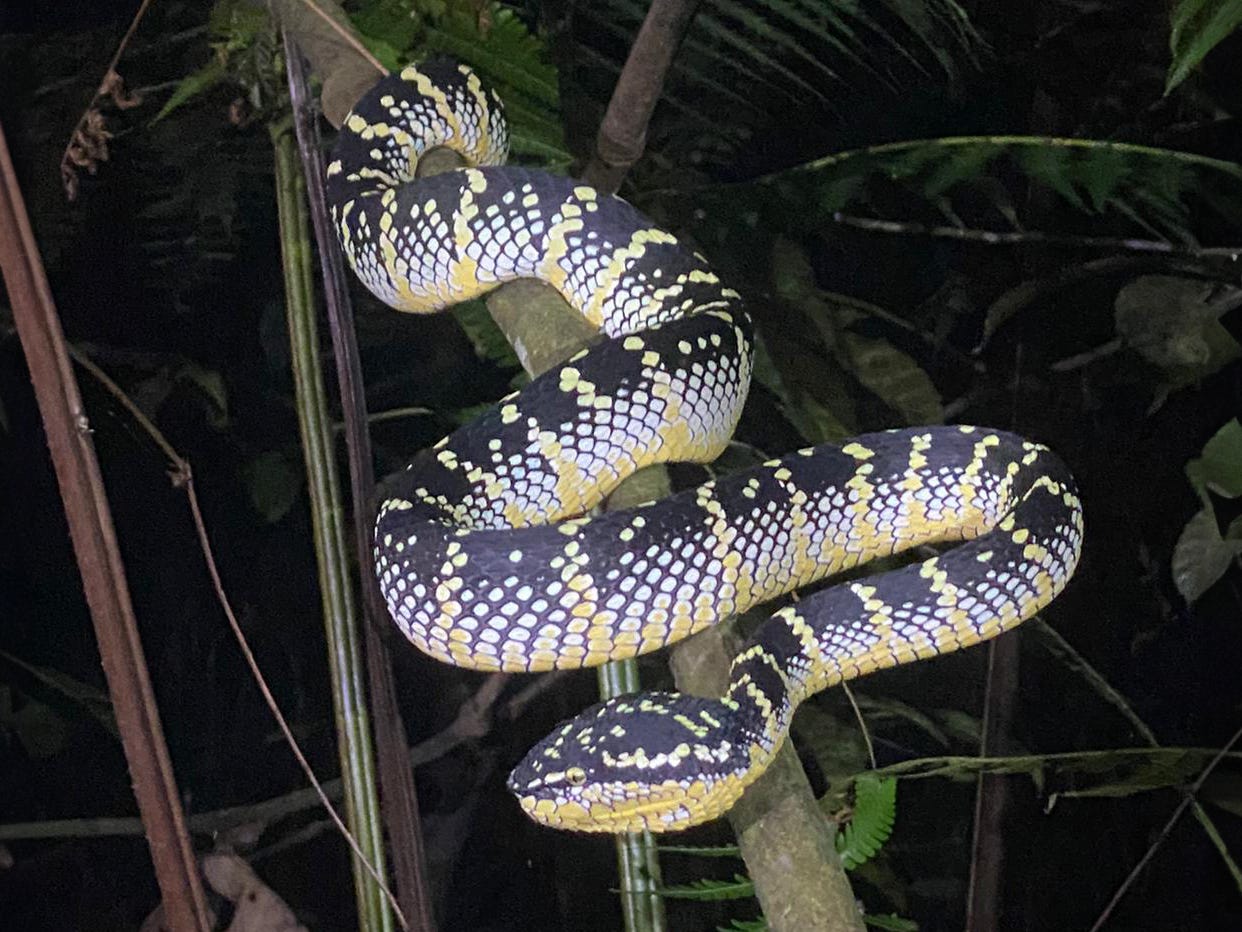
Adrenaline high, and we’ve only just begun. We continue on.
“Herpetofauna” is essentially amphibians and reptiles, and while this is a mycology newsletter, I won’t disappoint you. Yes, there were mushrooms, but only one that really stood out — a green Russula aeruginea, also known as “brittle gills.” And while one who is familiar with mushroom hunting can tire easily of coming across Russula (they’re a pesky common species that evoke an urge to kick) — but in this case, green is rare, and worthy of a photo.
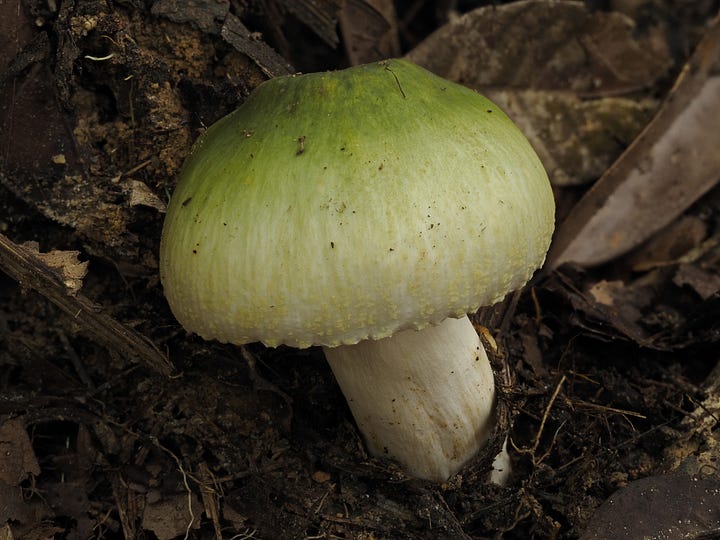
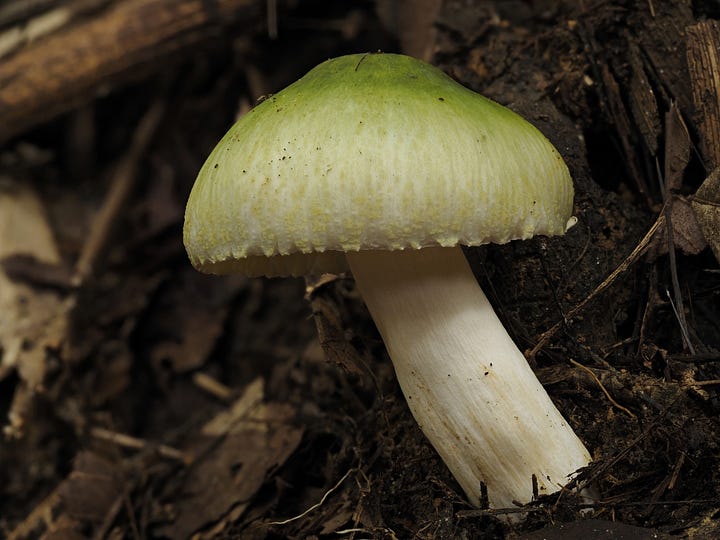
When the mushroom was first spotted, I mentally marked where it was. Upon returning, we came across a Malaysian sun turtle (Hosimis spinosa), prime suspect number one, as the Russula was missing, and Azam claimed to have witnessed these turtles eating mushrooms before.
Maybe next time, I’ll get the chance to capture this fungivore in the act.







